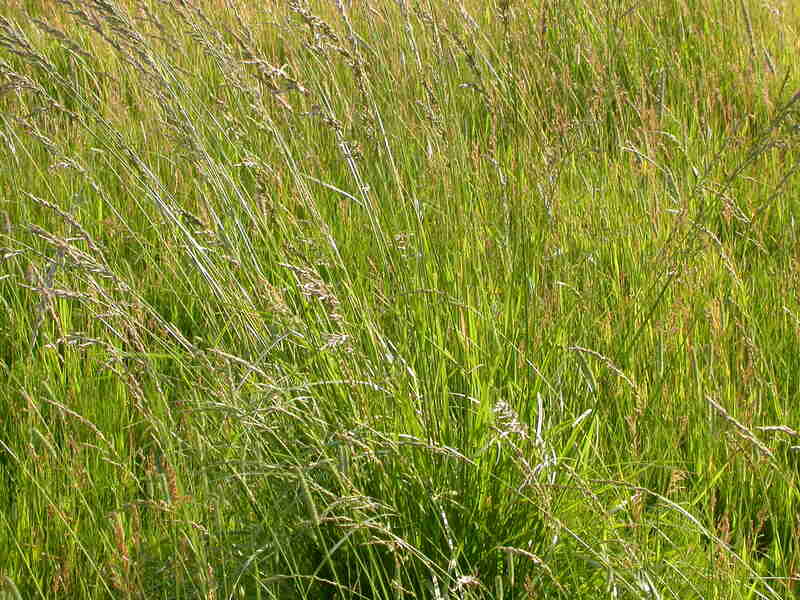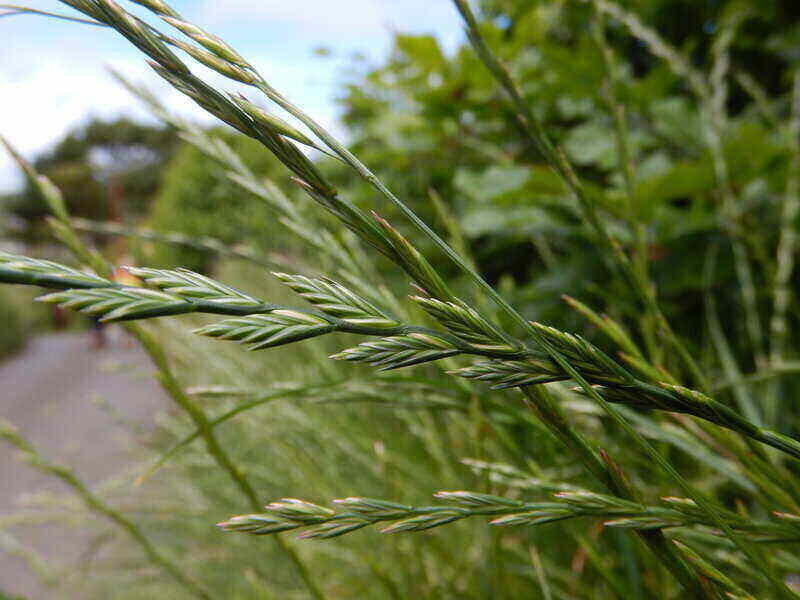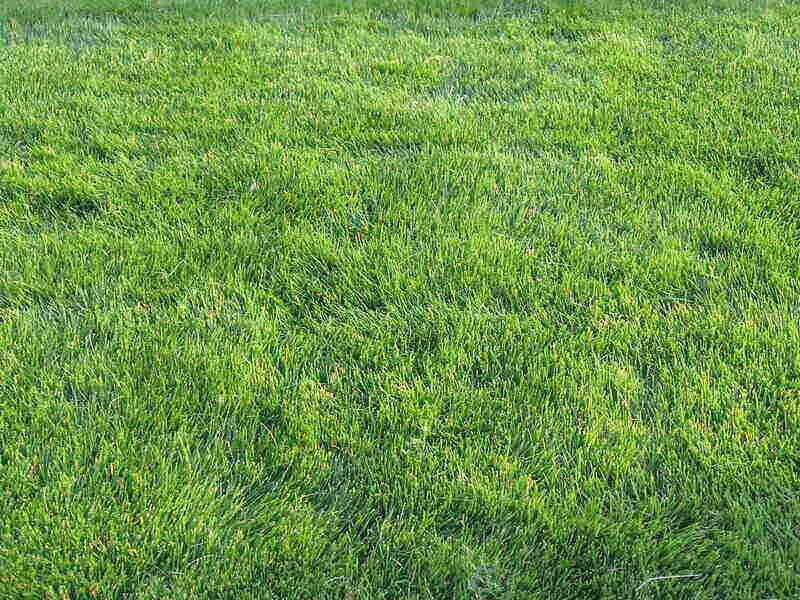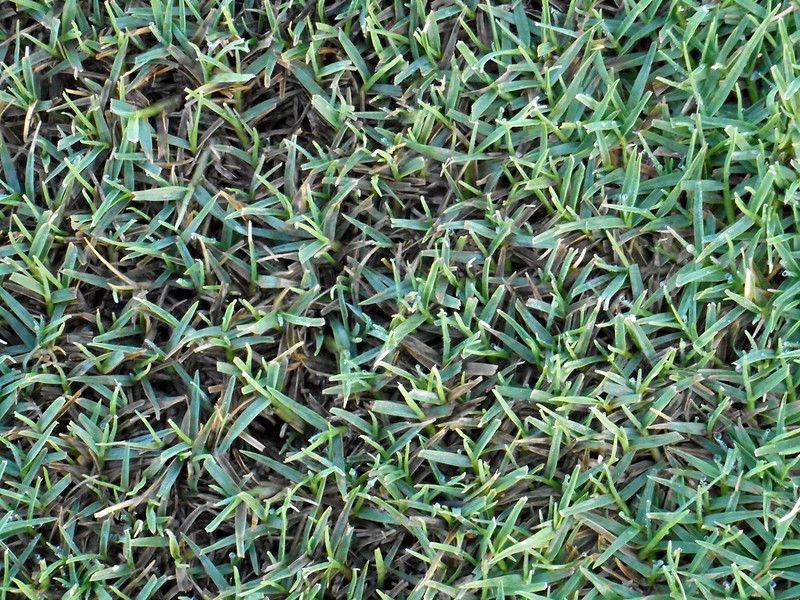6 Best Grass Types for Northern Virginia
BY JEFFERY KEUSSEYAN | APRIL 30TH, 2023 | LAWN CARE, NORTHERN VIRGINIA, VIRGINIALocated close to our nation’s capital, Northern Virginia boasts distinct character and historical gems. From Old Town Alexandria to the Sky Meadows State Park, there are plenty of charming locations for locals to be proud of. But after having too many adventures, what if you feel like relaxing in your own backyard? By exploring the best grass types for Northern Virginia, you will transform that grim-looking turf into a lush, green lawn.
In this article, we will cover
- FAQ About Northern Virginia Grass Types
- Choose Grass and Plant Varieties for Your Northern Virginia Landscape
Warm-Season vs. Cool-Season Grasses
With a wide variety of grass types to choose from, it is important to distinguish between warm- and cool-season grass. Here are some of their main differences:
Warm-season grasses thrive when temperatures range from 80 to 95 degrees Fahrenheit. They actively grow in late spring and summer, entering dormancy as temperatures drop in winter. Warm-season grasses have low frost-tolerance, enjoy high temperatures, and require less water than cool-season grasses. They include Zoysiagrass, bermudagrass, centipedegrass, and St. Augustinegrass.
Cool-season grasses thrive when temperatures range from 65 to 75 degrees Fahrenheit. They tolerate frost and lower temperatures, actively growing in spring and fall. Cool-season turfgrasses include tall fescue, creeping red fescue, Kentucky bluegrass, and perennial ryegrass.
Best Grasses for Northern Virginia
Situated between Chesapeake Bay and Shenandoah Valley, the Northern Virginia region lies in the transition zone. It is situated in plant hardiness zones 6b to 7b. What matters the most for turfgrasses is the fact the transition zone allows for cool- and warm-season grasses to thrive.
Cool-season grasses tend to grow better in Northern Virginia, with a couple of warm-season varieties able to thrive in the area.
1. Tall Fescue

Photo Credit: Matt Lavin / Flickr / CC BY-SA 2.0
Arguably the best turfgrass for Northern Virginia, tall fescue is quite versatile and valued for its adaptability to a wide range of climates. It has greater heat tolerance than other cool-season grasses. It also has a decent shade and drought tolerance, mainly due to its extensive root system. Tall fescue grows in clumps, which may limit its ability to repair itself after damage.
This grass seed can easily grow in Northern Virginia, providing you with a green and aesthetically pleasing lawn.
Classification: Cool-season grass
Spreads by: Produces short rhizomes but has a bunch-type growth habit
Shade tolerance: Moderate
Drought tolerance: Moderate to High
Foot traffic tolerance: Moderate
Maintenance needs: Frequent mowing. Does not produce significant thatch.
Mowing height: Set mowing height to 2 inches when grass reaches 3 inches tall.
Potential for disease: Tolerant of most diseases when properly maintained.
Soil pH: 5.5-6.5
Soil type: Adapted to a wide range of soil conditions, but prefers fertile clay soils with good drainage.
2. Kentucky Bluegrass
Kentucky bluegrass is a rhizomatous plant that is popular among homeowners and gardeners. It produces a dense sod, and forms a dark green turf with good leaf density. This is what helps make it very comfortable to walk on barefoot. This turfgrass can withstand heavy foot traffic, and has an excellent capacity for self-repair due to its aggressive growth habit.
Kentucky bluegrass is known for its little to no tolerance for shade, with other varieties such as fine fescue more suitable for shady lawns.
Classification: Cool-season grass
Spreads by: Rhizomes
Shade tolerance: Low
Drought tolerance: Moderate
Foot traffic tolerance: Moderate
Maintenance needs: Moderate mowing frequency and high fertilization needs.
Mowing height: Set mowing height between 2.5 and 3.5 inches.
Potential for disease: Moderate to high; prone to several diseases, such as dollar spot, leaf spot, necrotic ring spot, summer patch, and stripe smut.
Soil pH: 6-7.5
Soil type: Performs best in well-drained, heavy soils with high fertility.
3. Perennial Ryegrass

Photo Credit: Matt Levin / Flickr / CC BY-SA 2.0
Another popular species in the area, perennial ryegrass is a key component in cool-season grass seed mixes for northern and transition zone lawns. It flourishes where summers are moderate and winters are cool. This cool-season turfgrass grows in clumps and spreads through vertical shoots rather than rhizomes.
Perennial ryegrass prefers sunny conditions, but can tolerate lightly shaded lawns. In addition to cool-season grass mixes, it can be used to overseed warm-season turfgrasses to extend the lawn’s winter green period.
Classification: Cool-season grass
Spreads by: Has a bunch-type growth habit
Shade tolerance: Low
Drought tolerance: Low
Foot traffic tolerance: High
Maintenance needs: Moderate mowing and fertilization requirements. Thatch is not significant.
Mowing height: Set mowing height to 1.5 to 2.5 inches
Potential for disease: High. Common diseases include gray leaf spot, red thread, and leaf spot/melting-out.
Soil pH: Can grow in soils with a pH between 5 and 8, but prefers between 6 and 7.
Soil type: Prefers good drainage and fertility, but can tolerate some poor drainage.
4. Fine Fescue
Fine fescue is a drought-resistant, cool-season turfgrass that is popular for home lawns, commercial properties, and golf courses. It has one of the finest leaf textures of all turfgrasses. Fine fescue is distinguishable by its narrow leaf blades, and comes in five subspecies including creeping red. You can plant this grass seed in different types of soil, it will thrive with no issue.
With lower maintenance requirements than Kentucky bluegrass, fine fescue is a perfect choice for homeowners with shady lawns.
Classification: Cool-season grass
Spreads by: Creeping red fescue spreads by rhizomes, while other fine fescues are bunch-type grasses, such as Chewings, hard, and sheep fescues.
Shade tolerance: Moderate to High, depending on species
Drought tolerance: Moderate to High, depending on species
Foot traffic tolerance: Low to Moderate, depending on species
Maintenance needs: Low fertilizer and mowing needs
Mowing height: Set mowing height between 2.5 and 4 inches, depending on species.
Potential for disease: Moderate. Common diseases include red thread, leaf spot, dollar spot, summer patch, and powdery mildew.
Soil pH: 6-6.5
Soil type: Will not perform well in wet soil conditions. Prefers drier soils and tolerates a wide range of soil types and fertility.
5. Zoysiagrzass

Photo Credit: Russbach / Wikimedia Commons / CC BY-SA 3.0
With several species and cultivars available, Zoysiagrass is one of the most cold-tolerant warm-season grasses you can grow. It is suitable for the transition zone, including Northern Virginia. This grass type may establish itself slower than other varieties, but it will form a dense carpet of grass beneath your feet. It also has thick, deep roots that help it withstand periods of dryness.
Fortunately, Zoysia is among those you can overseed with perennial ryegrass for a green winter color. If your family loves playing lawn games and throwing barbecues, Zoysiagrass is a great option for you.
Classification: Warm-season grass
Spreads by: Stolons and rhizomes
Shade tolerance: Moderate
Drought tolerance: Moderate to High
Foot traffic tolerance: High, but recovers slowly from damage
Maintenance needs: Low nitrogen fertilization requirements, although, it’s prone to thatch build-up.
Mowing height: Set mowing height between 1 and 2 inches.
Potential for disease: Good disease tolerance overall
Soil pH: 6-6.5
Soil type: Well-draining, some cultivars more tolerant of a wide range of soils than others
6. Bermudagrass

Photo Credit: Scot Nelson / Flickr / CC0 1.0
Bermudagrass is a warm-season grass that is more sensitive to cold than Zoysia. It spreads quite rapidly by both above- and below-ground runners. It also has excellent drought, wear, and salt tolerance. Unfortunately, this grass type has a very poor shade tolerance, meaning it cannot thrive underneath tree canopies. Bermudagrass is very difficult to control within flower beds, and is susceptible to insect and disease problems.
Overall, it is well-adapted to most soils and can be used in athletic fields, tennis courts, and high-quality lawns.
Classification: Warm-season grass
Spreads by: Stolons and rhizomes
Shade tolerance: Low; thrives in full sun
Drought tolerance: High
Foot traffic tolerance: High
Maintenance needs: Needs frequent mowing due to fast growth rate; develops thatch easily; needs regular fertilization
Mowing height: Set the mowing height between 0.5 and 1.5 inches for hybrid Bermudagrass cultivars. Mow common Bermudagrass down to 1.5 to 2.5 inches.
Potential for disease: Good resistance to disease, although diseases are common; low resistance to insects
Soil pH: 6-6.5
Soil type: Tolerates most soil types
FAQ About Northern Virginia Grass Types
Bermudagrass takes the lead as the fastest growing warm-season turfgrass, allowing it to recover quickly from damage. There is a downside to this, as it can become a very invasive plant in gardens and flower beds. So unless you’re in a rush, there are better varieties such as tall fescue to choose from.
To learn more about other grass types that can thrive in different parts of the state, you can visit the Virginia Cooperative Extension website.
Invasive or non-native plants are a nuisance to any region across the United States. Northern Virginia suffers from one of these invasive species, called the Japanese stiltgrass. It has fast-growing stems that allow it to shade out other native plants or vegetation. It can invade lawns, vegetable gardens, and landscape beds.
If you would like to help clear out these invasive species from Virginia State Parks, you can visit their official website for more information.
Lemongrass is a citrusy plant that is used to flavor Asian cooking such as curries. It can also be infused into essential oils. You can grow this Asian herb in northern parts of Virginia, and they are available to purchase at local international markets.
The best grass types for Central Virginia include:
• Tall fescue
• Perennial ryegrass
• Kentucky bluegrass
• Fine fescue
• Zoysiagrass
• Bermudagrass
Choose Grass and Plant Varieties for Your Northern Virginia Landscape
Some homeowners wish to limit lawn maintenance and backyard chores, while other families tend to enjoy plenty of lawn games and outdoor activities. Depending on your personal preferences and lifestyle, be sure to pick the right type of grass seed mix that will meet your needs.
There are other ways to spruce up your backyard and create the ultimate outdoor space. Consider low-maintenance landscaping ideas for your Virginia lawn, including native wildflowers and xeriscaping features.
Looking for a Virginia lawn care pro near you? We have trusted lawn care pros in Falls Church, Arlington, Alexandria, and many more cities across the state.
Main Image Credit: Alexandria, Virginia / Farragutful / Wikimedia Commons / CC BY-SA 3.0